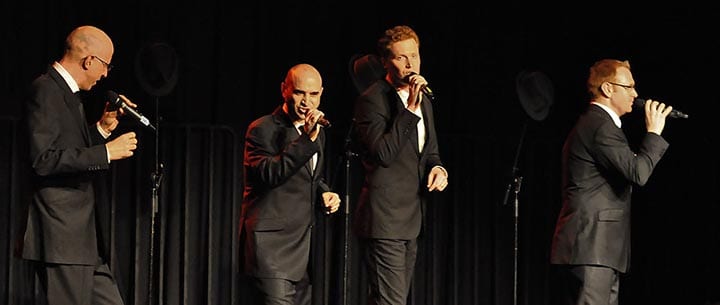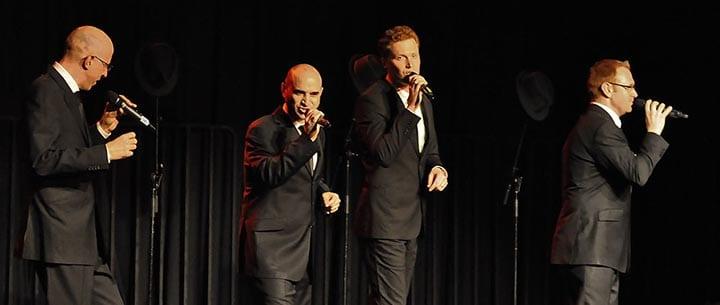 Interested in learning how to sing jazz? Here, Ann Arbor, MI singing teacher Elaina R. shares how to get started…
Interested in learning how to sing jazz? Here, Ann Arbor, MI singing teacher Elaina R. shares how to get started…
Jazz is the cool cat of the music world. She sits in the back of the room wearing sunglasses and red lipstick. She doesn’t sing, she croons – soft and sonorous, drawing the ear in. It’s no wonder so many people want to learn how to sing jazz! At its most basic form, jazz singing is just like any other kind of singing. All singers carry their instruments inside of their bodies. Their lungs provide fuel, their upper face controls resonance, and the rest of the body has to stay relaxed. Learning how to sing jazz well won’t just impress your friends at karaoke night; it will make you better at singing in general.
1. Choose the Right Song
The first step to singing jazz well is choosing a song that you can sing well. Study your own voice, paying attention to your comfortable vocal range. Try singing along to different jazz songs. Can you comfortably reach all of the low and high notes? Does the tempo seem too fast? Consider singing a piece in a different key if necessary.
2. Remember to Breathe
If a singer were a car, breath would be gasoline. The better you get at breathing like a singer, the longer you will be able to sing without taking a breath. To breathe like a singer, stand up straight but not stiff. Place your hands on your ribcage (above your waist) so that your four fingers are on the front of your ribcage and your thumbs are on the back. Take in a slow breath, trying to feel your ribcage expanding outward in every direction. This is how you should breathe when you sing.
3. Speak Easy
Much of jazz singing occurs on the same pitches we use when we speak. Thinking of singing as projected singing makes it much easier. Using your “singer breath,” practice projecting words and phrases from a song as normal speech. Now, add the notes back in, maintaining the speech-like quality. Use a mirror to make sure your body and face stay relaxed as you sing.
4. Lift That Palate
The soft palate is the squishy muscle right behind your hard palate in your mouth. This muscle moves up and down to seal your nasal tract off from the rest of your mouth and throat. Singers use the soft palate to keep air from escaping from the nose during singing, since singing out of the nose produces a nasal sound quality. To lift your soft palate, pretend you smell something awful but have shopping bags in both of your hands. Practice “plugging” your nose this way without actually touching it. Test whether your soft palate is up by singing a note, raising the palate, and plugging and unplugging your nose with your fingers. If the sound quality changes, your soft palate isn’t all the way up.
5. Exercise Your Weaknesses
As you practice jazz songs, you might notice that some parts are harder than others. Study the parts that are hardest. Why are they hard? Are there fast-moving notes? Is there a large leap? Try practicing these parts slowly, taking the words out and using a single vowel (such as ‘E’ or ‘Ah’). Find vocal exercises that address that particular issue, and work them into your warm-up routine.
All That Jazz
With the right songs and some practice, you can quickly learn how to sing jazz well. Use your new skills to blow people’s minds at open mic night, or just to have fun while you sing along to Ella Fitzgerald in the car. No matter where you take your jazzy abilities, remember the number one rule for singing: have fun!

Elaina R. teaches opera voice and singing in Ann Arbor, MI, as well as through online lessons. She is currently working on a Master of Music at the University of Michigan, and she has a B.M. from the University of Southern California. Learn more about Elaina here!
Photo by ataelw
Suzy S.

